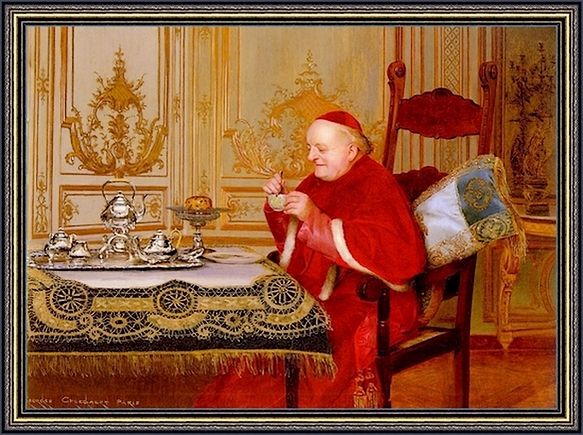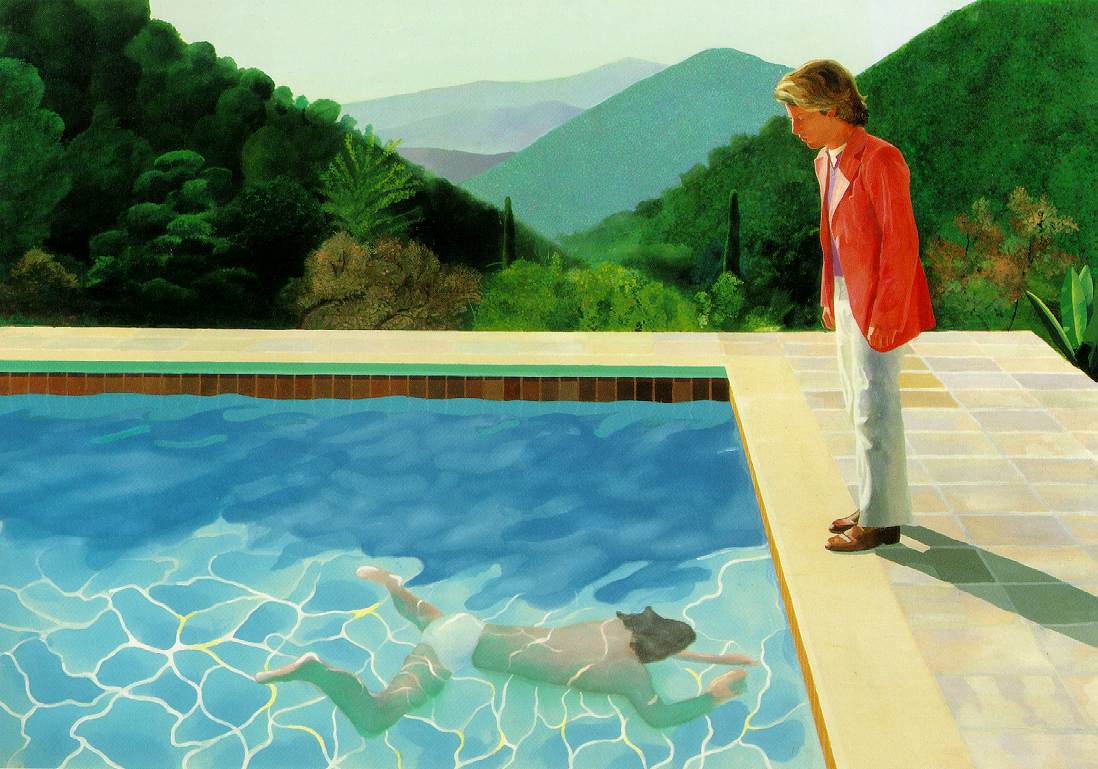I mentioned I was thinking of posting in a couple of paintings
I didn't particularly like.... in other words, not my cup of tea.
Well, here's the first one below.
No disrespect to the artist or to you, if you find the painting appealing,
but it just does not float my boat, as they say.
I'd
loved to have said.....
Well Aaaa dooo declare honeychile', that suuure has to be the purtiest
little paintin' A ever did saw in ma entire cottin pickin' life.
Lordy Lordy.

I've included a short bio to show I'm not prejudiced. :wave:
Wassily Wasilyevich Kandinsky 1896 - 1944
Brief Bio
Wassily was born into a well-to-do family in Moscow, his father was a
well known businessman.
In 1871 the family moved to Odessa where his father ran his tea factory.
There, as well as attending a classical grammar school, Wassily learned to
play the piano and the cello and took to drawing.
His parents wanted him to become a lawyer, so in 1886 he was sent to Moscow
and entered The Law Faculty of Moscow University eventually graduating with
honours.
He became acquainted with a young artist, Gabriela Munter, and the
following five years he, with Gabriela, travelled across Europe, painting
and participating in exhibitions.
Returning to Bavaria, they made their home in the small town of Murnau at
the bottom of the Alps.
The works of those years were basically landscapes. He founded Phalanx, an
art group in 1901 in Munich and started a school, in which he taught himself.
For four years he had arranged twelve exhibitions of the painters who were
Phalanx's members.
In 1914 at the start of WW1 he went back to Russia where he taught art in
Moscow and visited St. Petersburg.
He became established internationally through several exhibitions, and his
works were acquired in the USA by Solomon Guggenheim.
Wassily expressed his creative achievements in the series of seven large
"Compositions" which are widely acclaimed as the culmination of an abstract
style in art.
. . . . . . . . . . . . . . . . . . . Wassily Wasilyevich Kandinsky
Well, does it do it for you?
Is it your cup of tea?
Does it float
your boat, as they say?
weewillie.



























